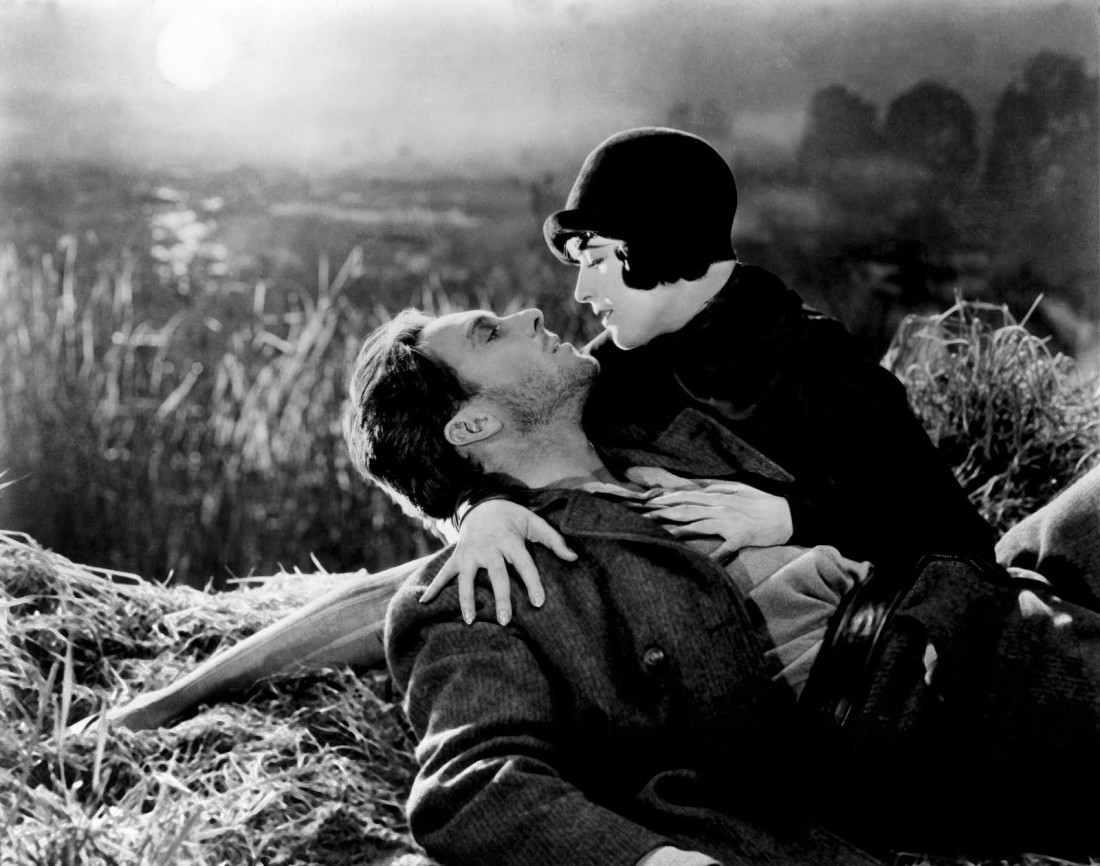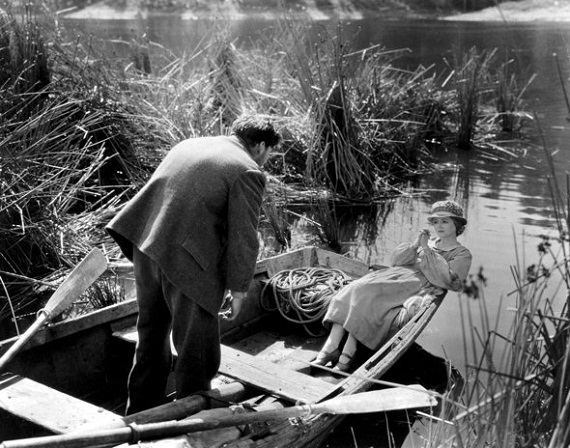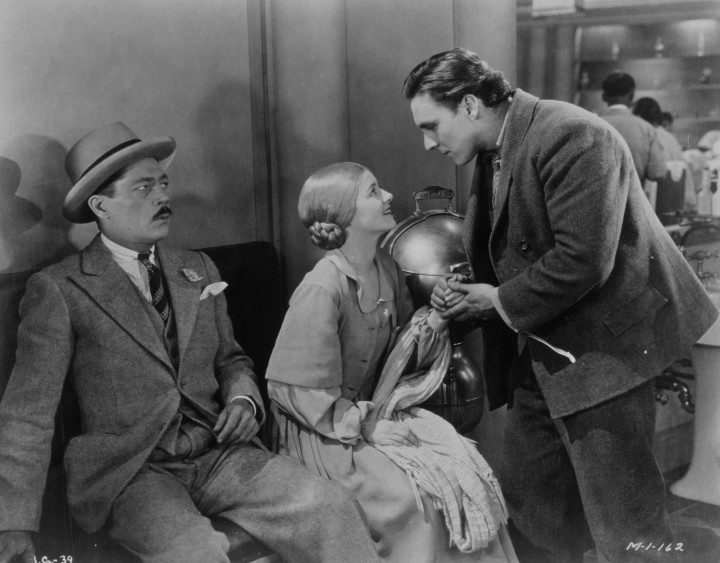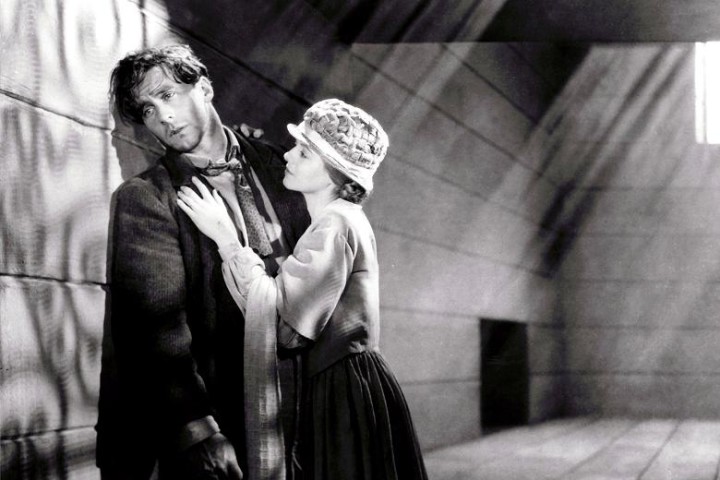Sunrise is one of those movies that I’d read about for years without actually seeing. This wasn’t entirely circumstantial either. In all honesty—despite glowing endorsements and the evocative stills reproduced in book after book of the film—I simply could not get that enthused by the story. That changed in 1999 when I was reviewing the laserdisc (remember those?) release. I don’t think I’ve ever been so surprised at how stupid I’d been to avoid a movie. I do know that I opened my review by noting that it was perhaps a sad commentary on modern film that the best movie I’d seen all year was made in 1927. Since then I’ve seen it many times and my feeling is that I’m in the presence of a masterpiece on every level.
Words cannot adequately convey the experience of Sunrise—and God knows, many words (including some of my own) have attempted it. It’s partly the technical side, but it’s the human aspects of the film that make it all work. At the center is a fearless, unexpected and remarkable performance from George O’Brien. Nothing in O’Brien’s lengthy filmography suggests the unabashedly human performance he gives in this film. He obviously completely trusted Murnau and gave himself over to him and his concept of how to play “The Man” in Sunrise. Janet Gaynor as “The Wife” is very nearly as good, but her performance is less of a revelation. Their performances are another part of the answer.
There’s more, however, and I think some of it has to do with the fact that the film is silent—or, more correctly, that it doesn’t have dialogue, because it does have a synchronized score and sound effects. I’m not one of those who generally decries the passing of the silent movie. In the main, I far prefer talkies to silents. But Sunrise seems to me to be a film that exists in a world all its own—yet one in which our own world can be seen and felt—and that it could only exist without words. Dialogue would be a destructive intrusion—and it might very well make the grand, larger-than-life passions seem ridiculous, which they don’t seem in the least in the film as it stands. Have I explained the greatness of Sunrise? No, not in the least. I have at best offered some observations and signposts. Nothing will explain it or the experience of it. It simply has to be seen—and that is as it should be.
The Asheville Film Society will screen Sunrise Tuesday, July 28, at 8 p.m. in Theater Six at The Carolina Asheville and will be hosted by Xpress movie critics Ken Hanke and Justin Souther.







Will this be DCP?
Blu-ray
I actually don’t know if there is a DCP of this title, but you can be pretty certain that if it’s playing for free, it’s going to be from DVD or Blu-ray.
This is a unique and wonderful film — one that (like so many silent movies) should be seen by more people. William K. Everson had a gorgeous 16mm print that I was lucky enough to see. I would have to place City Lights higher on my list of great silent films. (And I am probably one of those people that prefers them to talkies.) And The Gaucho is much more fun to watch.
I suspect it depends on whether you’re approaching the films from the standpoint of filmmaking. In which case — for me — Sunrise wins without question, and I mean no disrespect to City Lights by saying that. Sunrise simply strikes me as more exciting filmmaking. I can’t weigh in on The Gaucho because I’ve never seen it. (I think Bulldog Drummond — which I adore — is the only F. Richard Jones picture I’ve seen.)